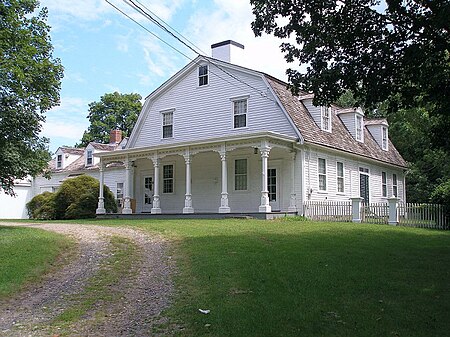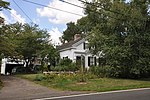Woodbridge, Connecticut
Towns in New Haven County, ConnecticutTowns in South Central Connecticut Planning Region, ConnecticutTowns in the New York metropolitan areaWoodbridge, Connecticut

Woodbridge is a town in New Haven County, Connecticut, United States. The town is part of the South Central Connecticut Planning Region. The population was 9,087 at the 2020 census. The town center is listed on the National Register of Historic Places as Woodbridge Green Historic District. Woodbridge is part of the Amity Regional School District #5, rated the #1 school district in New Haven County and the 10th best school district in CT by Niche in 2021. As of 2019 Woodbridge has the 7th highest median household income in CT.
Excerpt from the Wikipedia article Woodbridge, Connecticut (License: CC BY-SA 3.0, Authors, Images).Woodbridge, Connecticut
Newton Road,
Geographical coordinates (GPS) Address Website Nearby Places Show on map
Geographical coordinates (GPS)
| Latitude | Longitude |
|---|---|
| N 41.354166666667 ° | E -73.011388888889 ° |
Address
Woodbridge Town Library
Newton Road 10
06525
Connecticut, United States
Open on Google Maps




